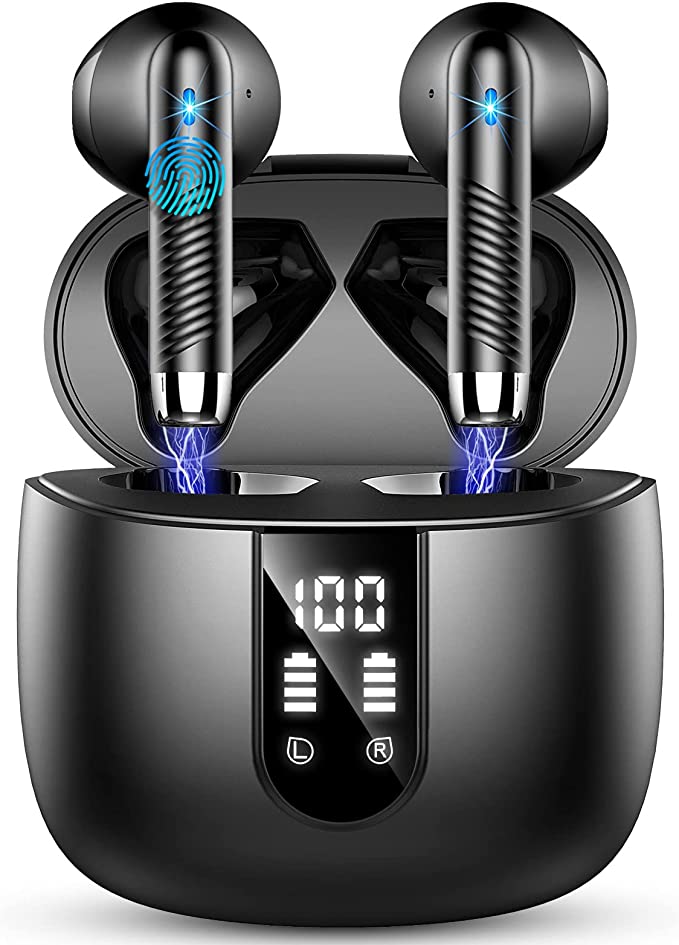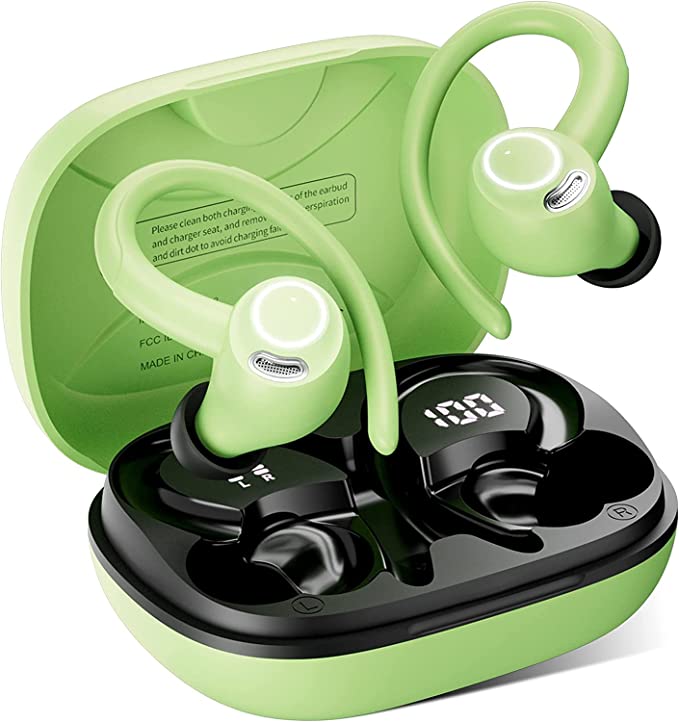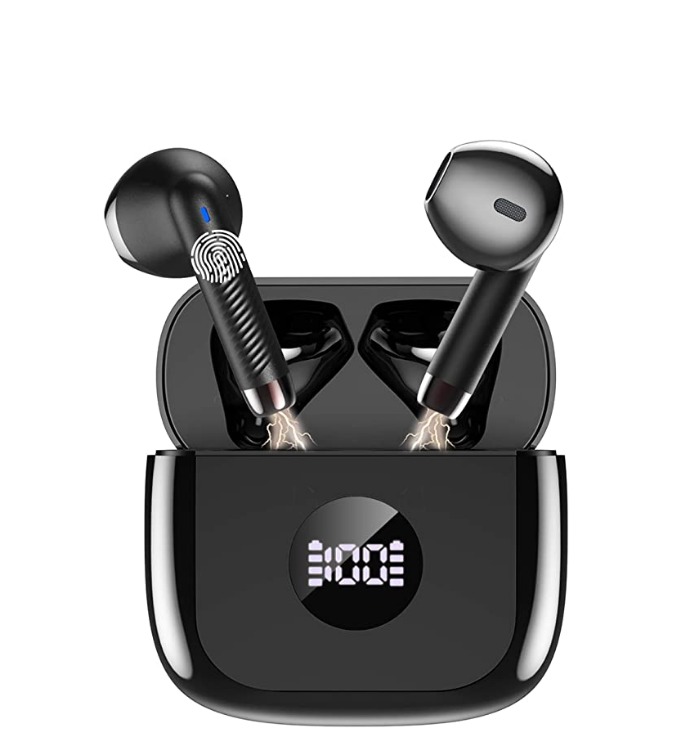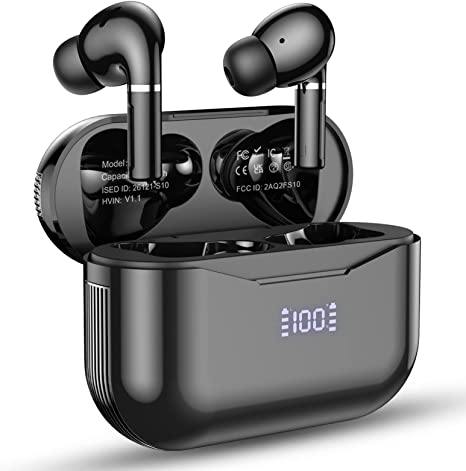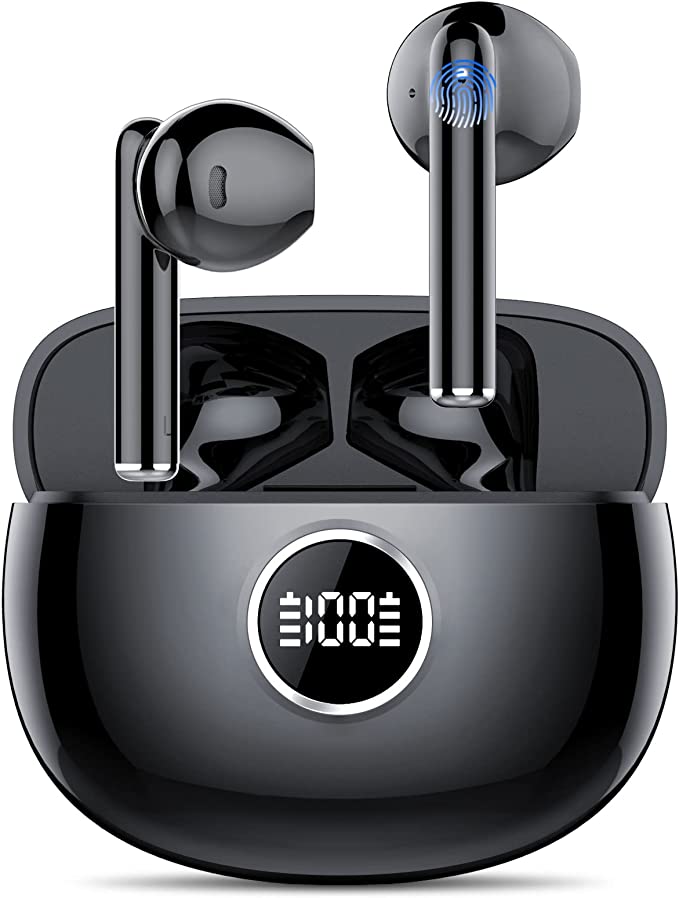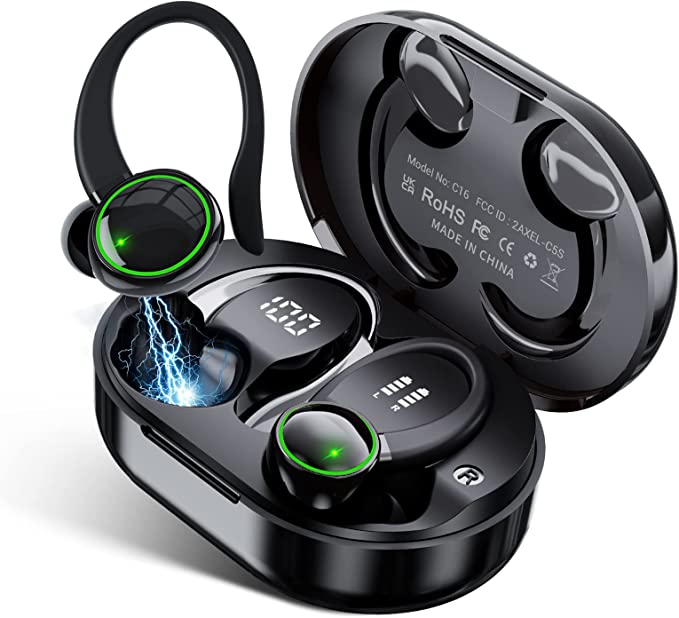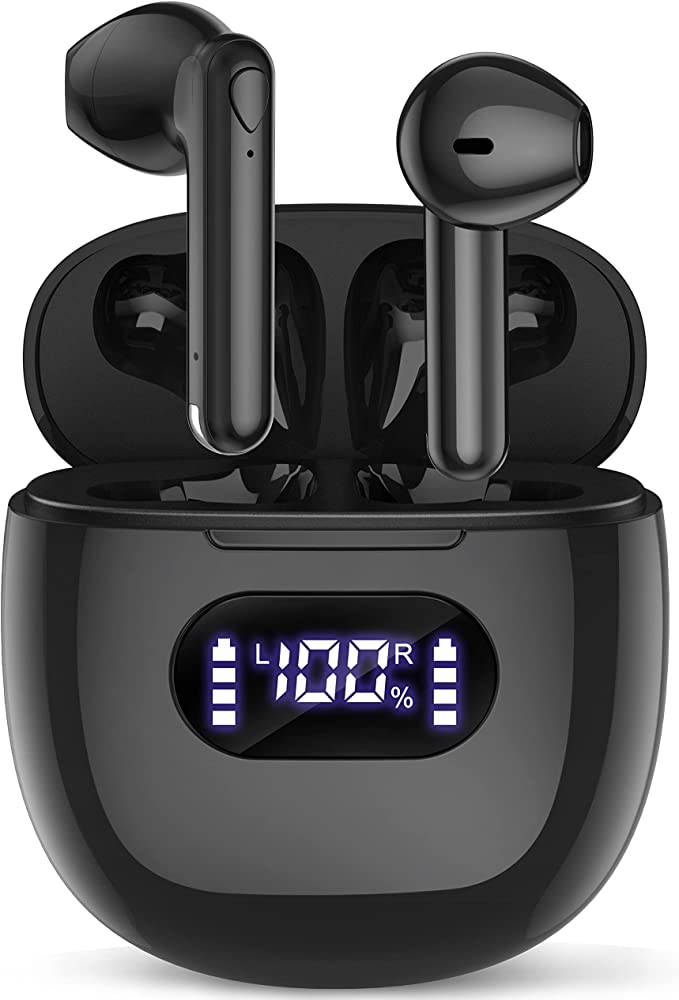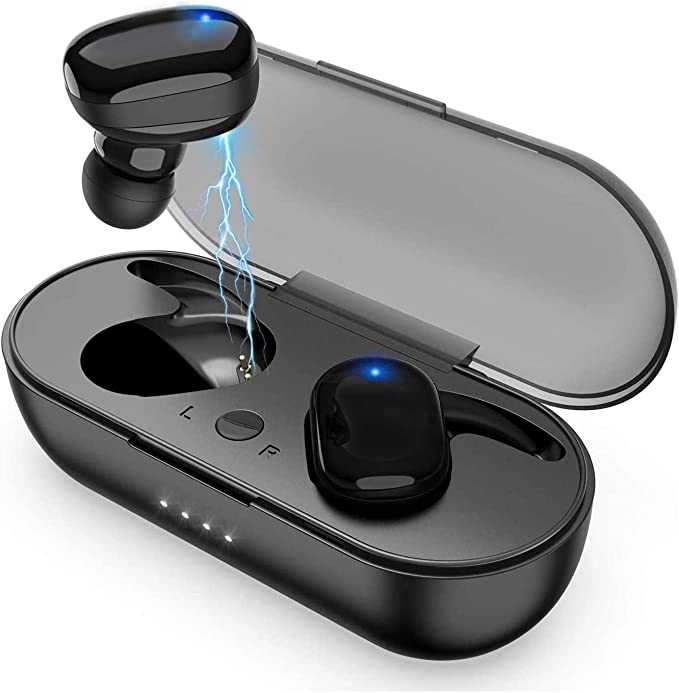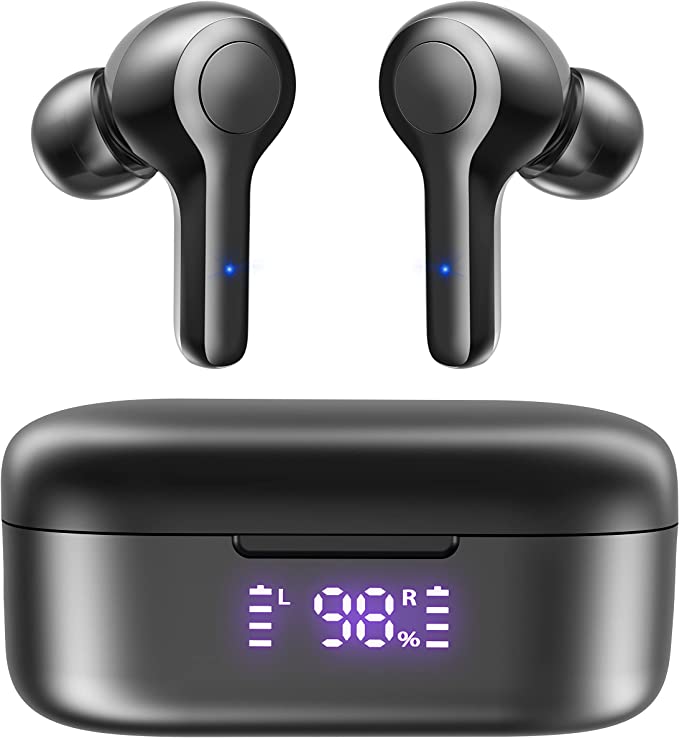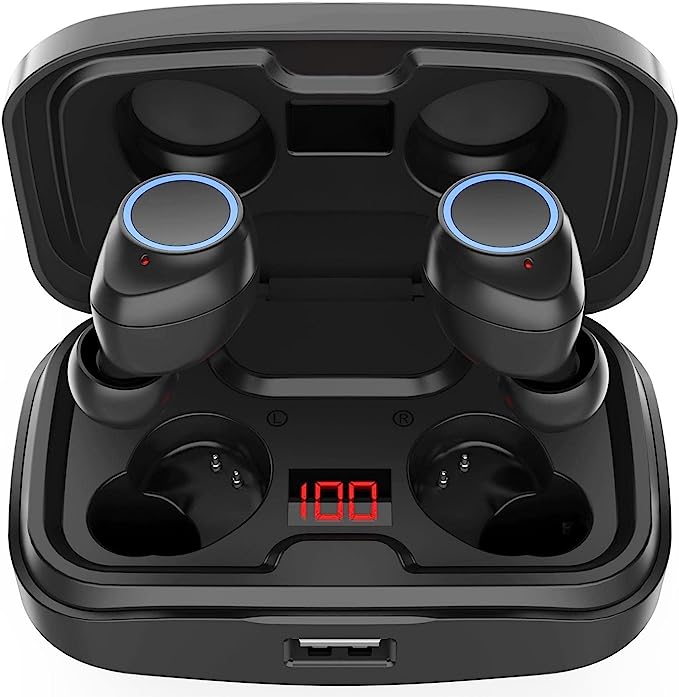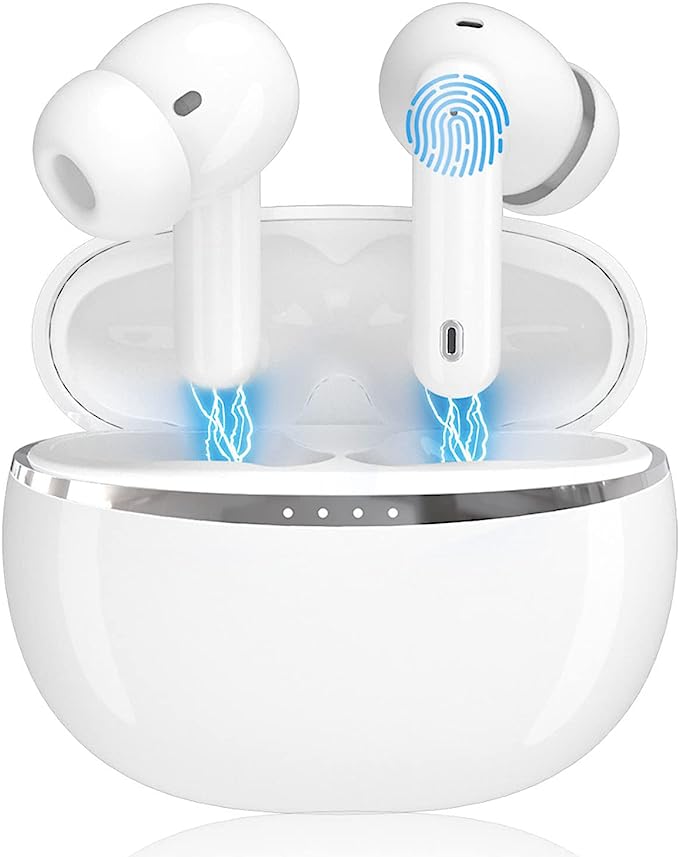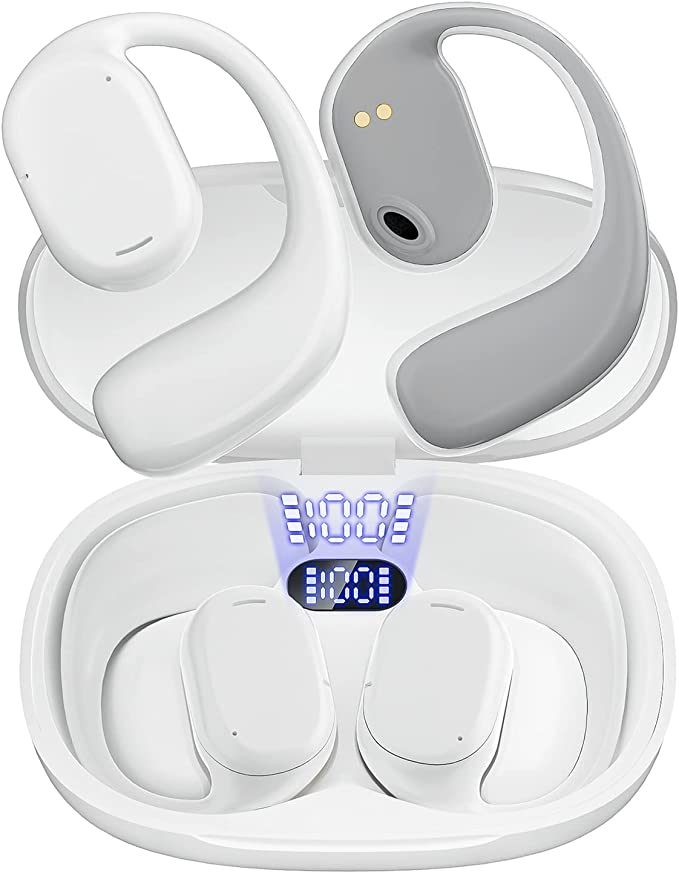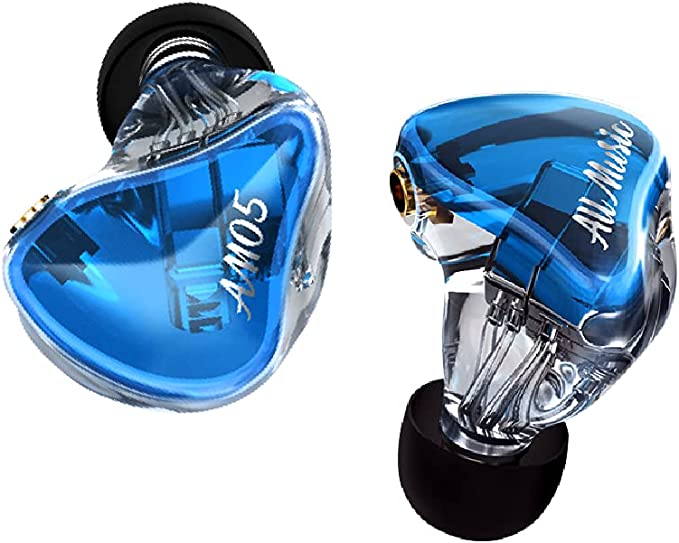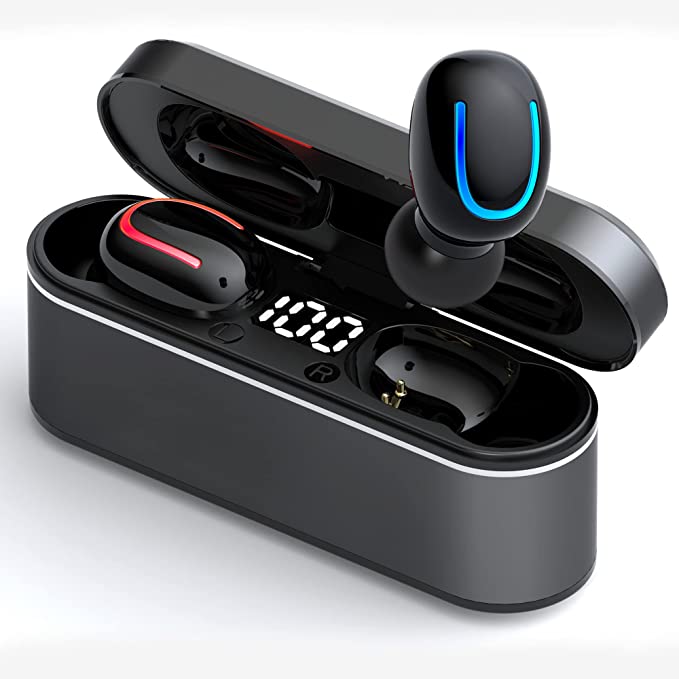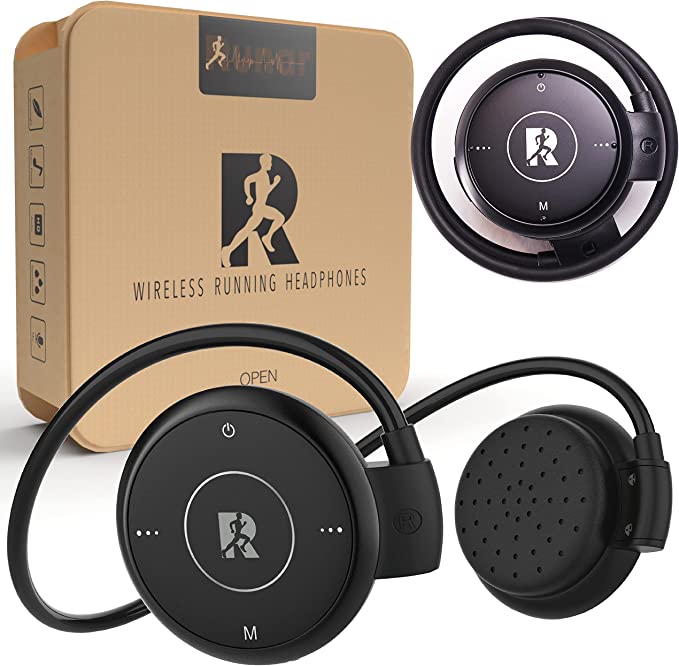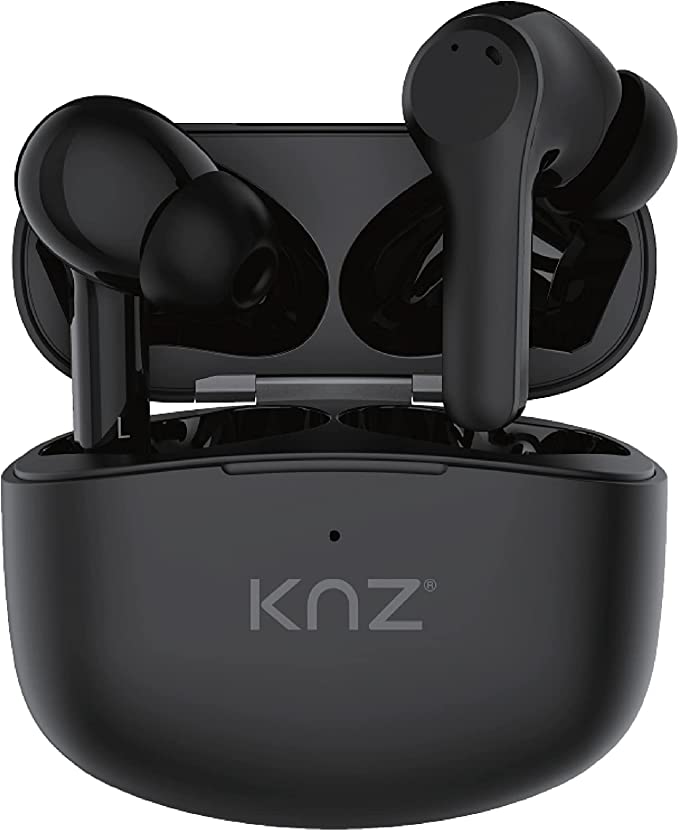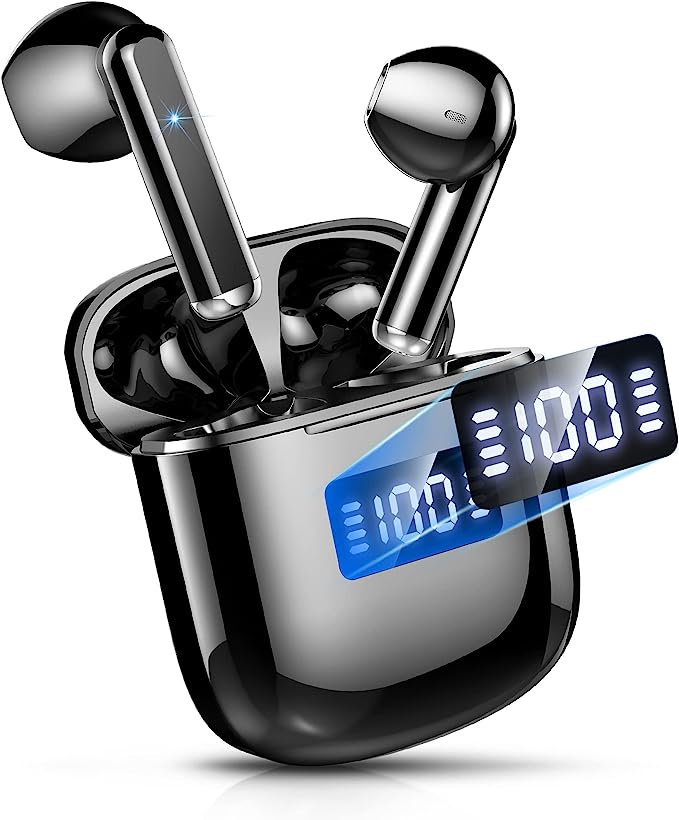Earbud Tech Explained: A Beginner's Guide to Your Wireless Sound
Update on Oct. 29, 2025, 5:10 p.m.
Your Guide to the Wireless World: Making Sense of Earbud Jargon
Shopping for wireless earbuds can feel like deciphering a secret code. You’re hit with a barrage of terms: Bluetooth 5.3, 13mm drivers, ENC, IP7. You know they’re supposed to be important, but what do they actually mean for your daily commute, gym session, or conference call? It’s easy to feel lost in the technical noise.
This isn’t just another product page. Think of this as your personal workshop, a friendly guide to understanding the core science behind today’s wireless audio. We’re going to demystify the technology that powers your personal soundtrack. And to make these concepts tangible, we’ll use a real-world example—the Csasan J90 Pro—not to sell it to you, but to use it as a clear, accessible case study.
Our goal is simple: by the end of this guide, you’ll be able to look at any earbud spec sheet and know exactly what you’re getting. Let’s get started.

1. The Invisible Connection: What Bluetooth 5.3 Really Delivers
Before any sound reaches your ears, your earbuds and phone need to establish a flawless connection. This is Bluetooth’s job, and the version number matters more than you might think.
Think of Bluetooth as a complex digital handshake. It’s a wireless standard designed to replace cables over short distances. The latest mainstream version, Bluetooth 5.3, brings crucial upgrades focused on three things: speed, stability, and efficiency.
- A More Stable Handshake: Ever had your music stutter or drop out in a crowded train station? That’s because Bluetooth operates on the busy 2.4 GHz radio frequency, competing with Wi-Fi, microwaves, and dozens of other devices. To survive this chaos, Bluetooth uses a technique called Adaptive Frequency Hopping (AFH), rapidly jumping between channels to find a clear path. Bluetooth 5.3 is much smarter at this, quickly identifying and avoiding crowded channels. This results in a far more stable connection with fewer annoying interruptions. The Csasan J90 Pro, for example, leverages this to maintain a steady link, which is the foundation of a good wireless experience.
- Efficiency Means Better Battery: Bluetooth 5.3 is more power-efficient. It improves how devices communicate, allowing them to spend less energy maintaining a connection. This translates directly to longer battery life for your earbuds, letting you listen longer between charges.
- Tackling Latency: Latency is the small, frustrating delay between what you see on screen and what you hear. It’s what causes the audio to be out of sync when watching a video or the sound of an explosion to lag in a game. Bluetooth 5.3 significantly reduces this delay, making your video and gaming experiences feel more immediate and synchronized.
The key takeaway: A modern standard like Bluetooth 5.3 isn’t just a number. It’s the bedrock of a reliable, frustration-free wireless experience, providing stability in crowded areas and better synchronization for media.

2. The Engine of Sound: Drivers, Diaphragms, and Codecs
Once the signal is received, something has to physically create the sound. This is the job of the driver, the miniature speaker inside each earbud.
At its core, a driver is a tiny engine that turns electricity into sound waves. It uses a magnet, a voice coil, and a diaphragm. When an electrical audio signal passes through the coil, it creates a magnetic field that causes the diaphragm (a thin membrane) to vibrate. These vibrations create the sound waves that travel to your eardrum.
- Does Driver Size Matter? The Csasan J90 Pro specifies 13mm composite diaphragms. The “13mm” refers to the diameter of the driver. Generally, a larger driver can move more air, which often helps in producing a richer, more powerful bass response. Think of it like the difference between a small hand drum and a large bass drum—the larger one naturally produces deeper tones.
- The Magic of “Composite” Materials: The diaphragm’s material is critical. It must be incredibly light to vibrate quickly for crisp high notes, yet stiff enough to not distort at high volumes. A “composite” diaphragm is made of multiple materials layered together, engineered to strike that perfect balance. This advanced construction helps create a more accurate and detailed sound across all frequencies.
- What’s an Audio Codec? (AAC Explained): Since Bluetooth has limited bandwidth, the digital music on your phone must be compressed before it’s sent to your earbuds, where it’s then decompressed. The software that handles this is called a codec. All Bluetooth devices support the basic SBC codec, but many, including the J90 Pro, also support AAC (Advanced Audio Coding). AAC is a more advanced codec that provides better sound quality at the same data rate, especially for users of Apple devices, where it is the native standard.
The key takeaway: The combination of large, well-engineered drivers and a high-quality codec like AAC is what creates a rich, detailed, and immersive sound—transforming a simple signal into a compelling audio experience.

3. The Art of the Clear Call: Understanding ENC vs. ANC
Nothing is more frustrating than trying to take a call in a noisy place. This is where microphone technology becomes vital. The J90 Pro specs mention ENC (Environmental Noise Cancellation), a term often confused with ANC (Active Noise Cancellation). They are fundamentally different.
- ANC is for YOU: Active Noise Cancellation uses microphones to listen to the noise around you and creates an opposite sound wave to cancel it out before it reaches your ear. It’s designed to give you, the listener, a quiet experience.
- ENC is for THEM: Environmental Noise Cancellation is for your phone calls. It uses multiple microphones to differentiate your voice from the background chaos (traffic, wind, chatter). An intelligent algorithm then suppresses that environmental noise, so the person you’re talking to hears your voice clearly, not the commotion around you.
Think of it this way: ANC puts you in a quiet bubble. ENC acts like a bodyguard for your voice, ensuring it gets through the noise to your caller. The “double mics” on the J90 Pro are crucial for this, as one mic focuses on your voice while the other captures ambient sound, allowing the processor to effectively subtract the noise.
The key takeaway: If you make frequent calls on the go, ENC is a critical feature that makes you sound clear and professional, no matter your surroundings.
4. Built for Your Life: Waterproofing and Comfort
Great sound is useless if the earbuds are uncomfortable or can’t handle your lifestyle. This is where ergonomics and durability come into play.
-
Decoding the IP Rating (IP7): The “IP” rating stands for Ingress Protection. The first number rates dust protection, and the second rates water protection. An IP7 rating, like the one on the Csasan J90 Pro, is very specific: it means the earbuds can be submerged in up to 1 meter (about 3.3 feet) of water for 30 minutes without damage.
What does this mean for you? You don’t have to worry about sweat during an intense workout or getting caught in a downpour. While it’s not recommended for swimming (Bluetooth doesn’t work well underwater), it provides excellent peace of mind for daily use and fitness. This is often achieved with a protective nano-coating on both internal and external components.
-
The Science of a Good Fit: “Ergonomic design” means the earbuds are shaped to fit securely and comfortably in the natural curves of your ear. This, combined with multiple sizes of silicone ear tips (e.g., S, M, L), is crucial. A proper seal not only prevents the earbuds from falling out but also dramatically improves sound quality—especially bass—and provides passive noise isolation by physically blocking outside sound.
The key takeaway: An IP7 rating and ergonomic design mean the earbuds are built to be a reliable companion for an active life, providing durability against the elements and comfort for long listening sessions.

5. The Marathon Runner: Understanding Battery Life Claims
Finally, there’s battery life. The fear of your music dying mid-workout is real. Spec sheets often give two numbers, which can be confusing.
- Earbuds vs. Case: The Csasan J90 Pro claims 6-8 hours of playtime on a single charge. This is the endurance of the earbuds themselves.
- Total Playtime: The 40-hour number includes the extra charges stored in the carrying case. The case acts as a portable power bank. In this instance, it holds about four additional full charges. So, after your initial 6-8 hours are up, you simply place the earbuds back in the case to recharge them on the go.
A feature like an LED power display on the case is incredibly useful, as it removes the guesswork. You can see at a glance how much power the case has left and when it’s time to charge everything.
The key takeaway: Look for both the single-charge playtime (for individual sessions) and the total playtime with the case (for overall endurance). This two-part system is what provides true all-day (or even multi-day) listening freedom.
Conclusion: From Confused to Confident
The world of wireless audio technology doesn’t have to be intimidating. By breaking down the core concepts—a stable connection from Bluetooth 5.3, rich sound from quality drivers and codecs, clear calls via ENC, durability with an IP7 rating, and all-day power with a robust battery system—you can move from a confused buyer to a confident consumer.
The Csasan J90 Pro serves as a great example of how these modern technologies come together in an accessible package. But more importantly, you are now equipped with the knowledge to look beyond the marketing and understand what truly powers a great wireless sound experience.


